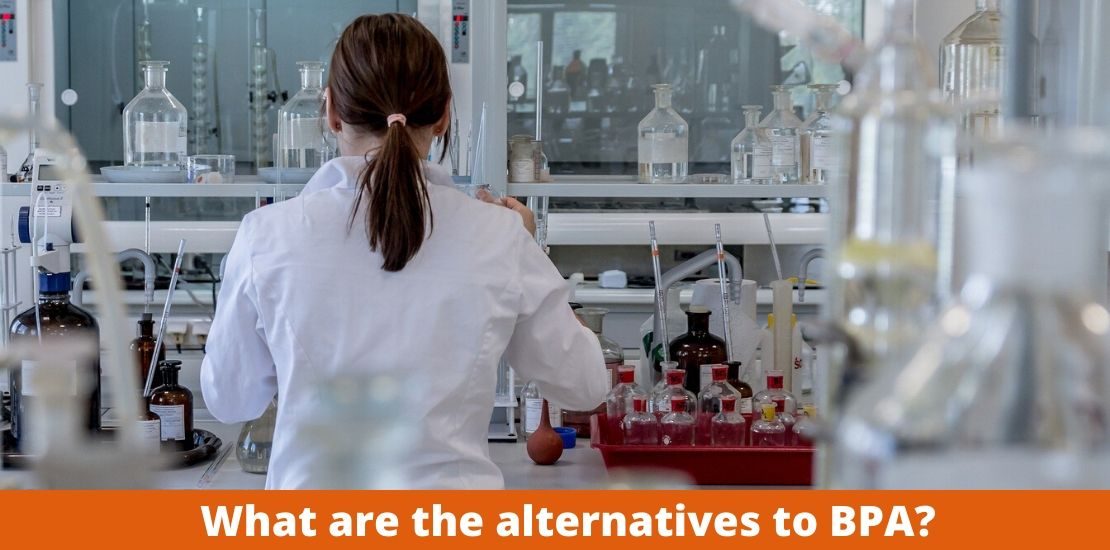- March 6, 2020
- Posted by: admin
- Category: Blogs

For 50 years, BPA was thought to be safe, but now, as more health hazards are being identified, the time has come to start thinking about alternative chemicals that have equal or more superior qualities but without the health and environmental risks that this compound has. In fact, about 6 years ago in France, the elimination of BPA in frequently used products was proposed and adopted for some products (https://echa.europa.eu/safer-alternatives-for-bisphenol-a). This has also been happening in other parts of the world.
Industry decision makers regularly seek more effective alternatives to the chemicals they use in order to reduce the carbon footprint, improve the efficiency and quality of products, improve technical functionality, respond to changing consumer demands or in response to legal requirements. However, in the case of BPA, some of the alternatives whose products were labeled “BPA free”, began to show that they were as harmful as the chemical they were designed to replace.
The metabolic disruptive effect (which affects endocrine activity), that was attributed to BPA, could also be caused by the chemicals used as alternatives.
In fact, animal studies have proved this again and again. When testing BPA and the alternatives bisphenol S (BPS) and Diphenyl sulfone, all animals exposed to these products, were found to have the protein markers for genetic damage (https://www.sciencemag.org/news/2018/09/bpa-substitutes-may-be-just-bad-popular-consumer-plastic).
Researcher Ferguson (and collaborators) went beyond the disruptive effects already described. They studied the possible influence of BPS on cardiac activity, finding that this chemical can, like BPA, “decrease cardiac activity” (https://www.nature.com/articles/s41598-019-52350-y). While diphenyl sulfone has been shown to demonstrate less serious effects, it cannot be dismissed as safe, due to the increased risk of serious eye damage, difficulty breathing, and abnormal body movements, including seizures (https://pubchem.ncbi.nlm.nih.gov/compound/Diphenyl-sulfone#section=Acute-Effects).
But the search for safe alternatives has continued and in 2017, National Institute of Environmental Health Sciences researchers identified potentially safe alternatives for BPA without the adverse metabolic effects. These alternative compounds are Bisguaiacol F (BGF), tetramethyl bisphenol F (TMBPF) and tetramethyl bisphenol F diglycidyl ether (TMBPF-DGE), but according to the researchers themselves, there are still more tests to be undertaken before they can be deemed as safe. (https://www.niehs.nih.gov/research/supported /sep/2017/safer-alternatives/index.cfm).
In the last article of this series, on Monday 9th, we will look at how to detox from BPA in your body.
If you have missed the first article in the series, where we introduced you to the chemical BPA, you can catch up here.
Our second article, the history of BPA can be found here
The third article looking at the many uses of BPA can be found here:
The fourth article about the health effects of BPA can be found here:
The fifth article looking at the regulations affecting the use of BPA can be found here:
The sixth article in the series looked at safe handling, storage and disposal and can be found here:
The seventh article about occupational exposure to BPA can be found here
The eighth article fire precautions to be considered when using BPA can be found here
The ninth article about how BPA affects our environment can be found here
If you liked our articles, give us a Like and follow us at
Facebook: https://www.facebook.com/HazoxComplianceSolutions
Twitter https://twitter.com/Hazox_Inc
LinkedIn https://www.linkedin.com/company/hazoxcompliancesolutions
Youtube: https://www.youtube.com/channel/UCIeBucyOUEtQFSAymS3TwQQ
